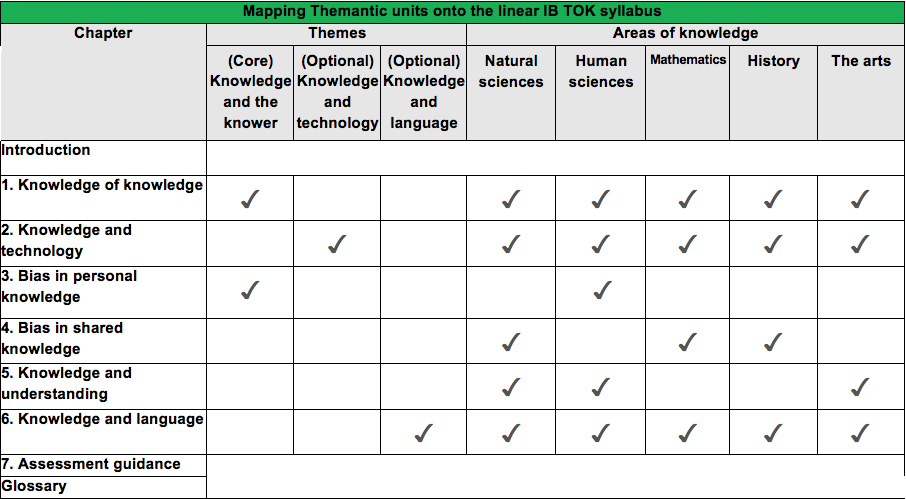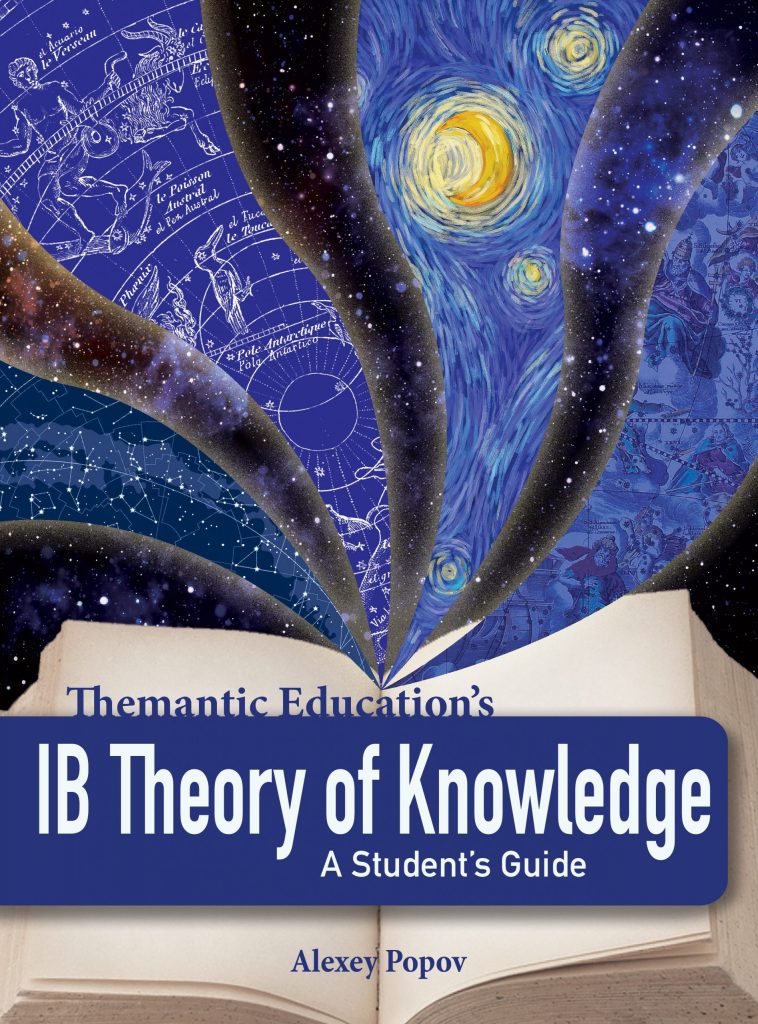This blog post belongs to a series entitled “Traps and loopholes in the new TOK syllabus.” You can access the full list of blog posts in the series here.
In two of my earlier posts I explored some “traps” in the new TOK syllabus associated with the new “themes”. IB TOK has been split into Themes and Areas of knowledge. There is one Core theme (Knowledge and the knower) and five optional themes out of which teachers need to choose two (for an overview of the new TOK spec, see The new TOK syllabus at a glance). I discussed two “traps” hidden in the new themes:
- Trap # 1. TOK essay is based on areas of knowledge. Therefore, the more time you spend on the themes, the less you prepare students for the essay. More about this trap in this blog post.
- Trap # 2. The IB “strongly recommends” to base the TOK exhibition on one of the themes. However, including a link to the theme is not required for the TOK exhibition commentary. This “strong recommendation” can be misinterpreted by some teachers as a requirement, but really its purpose is just to ensure that the range of objects students choose from is not too broad. More about this trap in this blog post.
Read more:
- Overview: Traps and loopholes in the new TOK syllabus
- Compulsory knowledge framework as a trap: artificial boundaries
- Compulsory knowledge framework as a trap: distribution of lesson time
- Compulsory knowledge framework as an opportunity: use key concepts and tick all the boxes
- Personal and shared knowledge as a trap: Why has the difference been removed?
- Personal and shared knowledge as an opportunity: Why we need these terms back when we teach thematically
Now I want to focus on the positives and discuss how we can turn traps into opportunities. It’s simple, really. Don’t teach areas of knowledge after the themes. Teach them through the themes.
For example, teach knowledge and technology in natural sciences, knowledge and technology in mathematics, knowledge and technology in history, and so on.
What do you achieve if you teach areas of knowledge through themes?
- You start areas of knowledge earlier in the course. As a result, students get prepared for the TOK exhibition and the TOK essay simultaneously. You don’t waste precious time at the start of the course.
- You still give students the opportunity to narrow down their choice of objects for the TOK exhibition. They can use one of the themes for the exhibition.
- You enhance comparisons between areas of knowledge. They are supposed to be taught in comparison rather than one by one, so this approach is actually more in line with principles of IB TOK.
This is exactly the approach that we have taken in creating Themantic Education’s TOK textbook and teaching resources. We have designed our own big themes that include the IB themes and build upon them. Each of the themes has been closely linked to all relevant areas of knowledge, comparing them throughout. The table below shows how Themantic Education’s TOK themes map onto the standard IB themes.

With this approach, you tick all the necessary boxes, but you also do so much more. You build a more efficient course that develops your students’ skills in a focused way, with assessment in mind. And you don’t waste any time.
Read further:

Alexey Popov is a teacher of IB Psychology and Theory of Knowledge. He is an IB author, examiner and workshop leader. He also authored Oxford IB Psychology books. He currently lives in Hong Kong.

